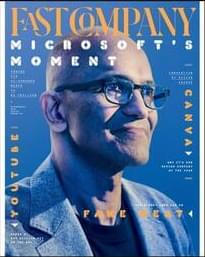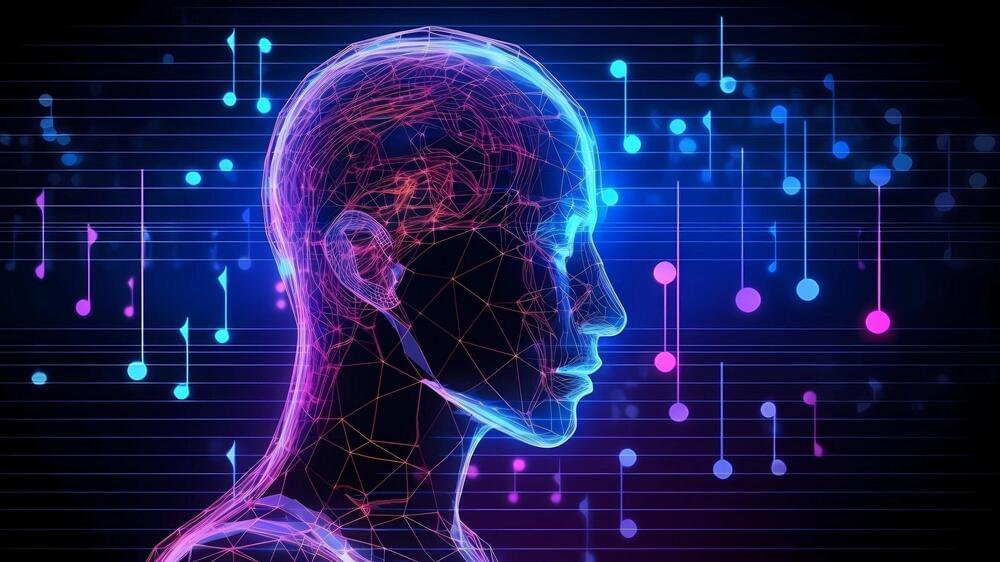Oct 5, 2023
Scientists say they’ve confirmed evidence that humans arrived in the Americas far earlier than previously thought
Posted by Claudio Soprano in category: futurism
When the discovery of fossilized footprints made in what’s now New Mexico was made public in 2021, it was a bombshell moment for archaeology, seemingly rewriting a chapter of the human story. Now new research is offering further evidence of their significance.
While they look like they could have been made yesterday, the footprints were pressed into mud 21,000 to 23,000 years ago, according to radiocarbon dating of the seeds of an aquatic plant that were preserved above and below the fossils.
This date dramatically pushed back the timeline of humans’ history in the Americas, the last landmass to be settled by prehistoric people. The 61 dated prints, which were discovered in the Tularosa Basin, near the edge of an ancient lake in White Sands National Park, were made at a time when many scientists think that massive ice sheets had sealed off human passage into North America, indicating that humans arrived in the region even earlier.

















